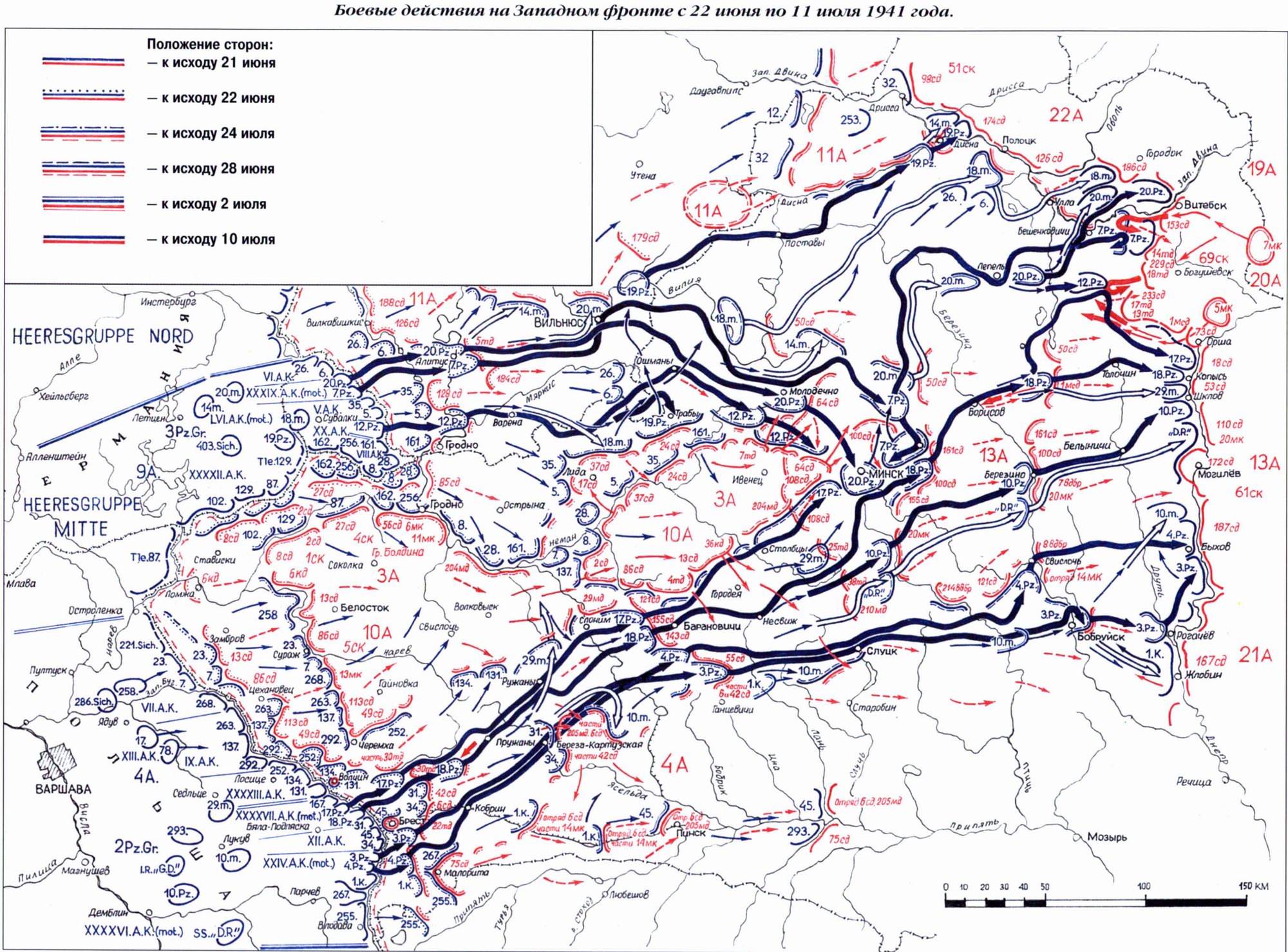Presuming same conditions as IOTL:
the Red Army purge still happened
same plan of attack from the German side
same military strength for both the Soviets and the Axis
same numbers and type of tanks / airplanes
same logistic capacity
no special preparations
etc.
Could have the Red Army stopped the Wehrmacht attack, then counterattacked inside of 1941?
For the sake of the argument, either Stalin is Napoleon redivivus (or, to keep the theme, Suvorov), or he is replaced by Shaposhnikov (or whatever competent military commander) as Generalissimo and doesn't meddle in any military affairs.
The question I raise is if the Red Army had the capability to completely beat back the Barbarossa Operation independent of the weather, having the same means as IOTL. (That doesn't mean that Soviet commanders could always guess what the Germans were up to every time and position the troops just so for achieving the perfect result).
the Red Army purge still happened
same plan of attack from the German side
same military strength for both the Soviets and the Axis
same numbers and type of tanks / airplanes
same logistic capacity
no special preparations
etc.
Could have the Red Army stopped the Wehrmacht attack, then counterattacked inside of 1941?
For the sake of the argument, either Stalin is Napoleon redivivus (or, to keep the theme, Suvorov), or he is replaced by Shaposhnikov (or whatever competent military commander) as Generalissimo and doesn't meddle in any military affairs.
The question I raise is if the Red Army had the capability to completely beat back the Barbarossa Operation independent of the weather, having the same means as IOTL. (That doesn't mean that Soviet commanders could always guess what the Germans were up to every time and position the troops just so for achieving the perfect result).

